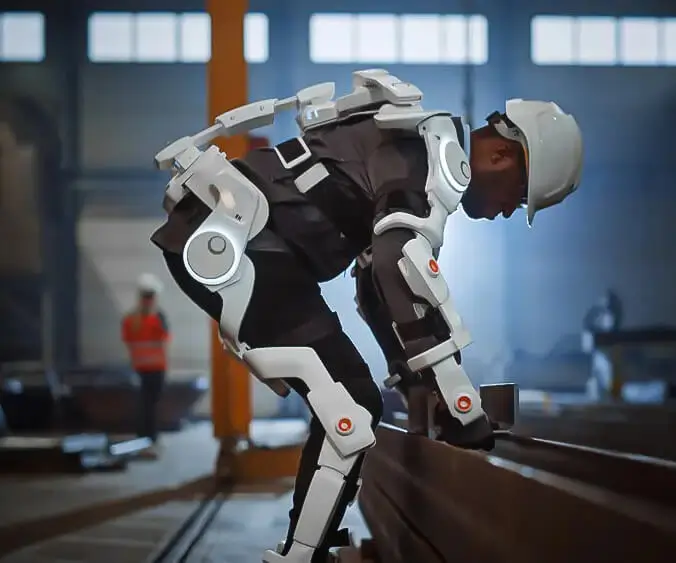Imagine you're tinkering in your garage, bulbs flickering in your mind, as you want your robot arm to reach out and grab that camera. How do you make it move? That’s where a servo motor steps into the spotlight, especially when paired with Arduino. It's like giving your project a simple nervous system—you tell it what to do, and it responds.

Now, the magic begins with how a servo motor operates. Inside that tiny package, there’s a small motor connected to a special feedback system. Think of it as a smart brain—if you tell it to rotate 90 degrees, it does, then checks if it really did. If not, it fine-tunes itself until it hits that perfect spot. That’s all thanks to a built-in potentiometer; it keeps track of the position and updates the motor. So, the motor isn’t just spinning wildly, it’s precise—like a thermostat that never overreacts.
Connecting this to an Arduino is like giving it the command center. You send signals—a pulse width modulation (PWM) signal, to be exact—that tells the servo how far to turn. It’s almost like singing a tiny note that the servo understands. If your Arduino sends a 1.5-millisecond pulse, the servo may rotate to the middle. Change that to 1 millisecond or 2 milliseconds, and you get a full turn in either direction. No fancy electronics, just simple code.
But here’s the thing—how do you actually code that? Easy! Just set the right pin as an output and use a library that handles all the heavy lifting. You tell the servo what angle you want, and it moves smoothly. No hassle. And if you want to be tricky, you can even set up a feedback loop to make the motion more natural, mimicking how humans move their wrists or fingers.
Ever wondered why servo motors are so popular in robotics? Because they are compact, reliable, and precise. Perfect for robotic arms, remote-controlled cars, or even a robotic pet. They respond fast, hold positions well, and you don’t have to be an engineering genius to get them working. Just a bit of curiosity and some hands-on practice.
It’s quite fascinating—these tiny devices hold a lot of power. You can tweak their speed, torque, and precision. Want your robot to be gentle or fierce? Change the servo parameters. It’s like giving your project a personality.
If you’re diving into a DIY project or exploring automation, understanding how a servo motor works with Arduino unlocks endless possibilities. You get to see your ideas come alive, moving in perfect harmony. It’s about turning raw components into something that can do real, tangible things. That’s the real thrill—seeing your vision spin into motion, quite literally.
Established in 2005, Kpower has been dedicated to a professional compact motion unit manufacturer, headquartered in Dongguan, Guangdong Province, China. Leveraging innovations in modular drive technology, Kpower integrates high-performance motors, precision reducers, and multi-protocol control systems to provide efficient and customized smart drive system solutions. Kpower has delivered professional drive system solutions to over 500 enterprise clients globally with products covering various fields such as Smart Home Systems, Automatic Electronics, Robotics, Precision Agriculture, Drones, and Industrial Automation.




































